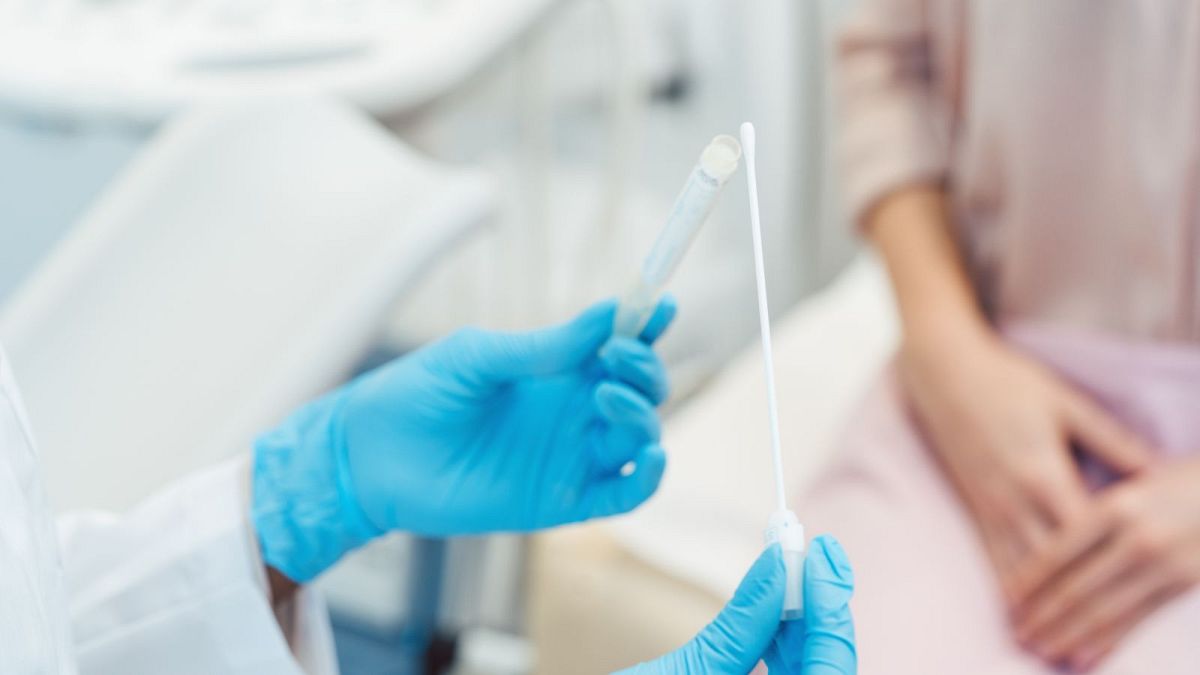There has been a significant increase in sexually transmitted infections in European countries, particularly gonorrhoea, syphilis, and chlamydia.
European health authorities warned of a "troubling surge" in cases of sexually transmitted infections (STIs), revealing a need to act urgently to raise awareness and promote sexual health.
In 2022, gonorrhoea cases rose by 48 per cent, syphilis cases by 34 per cent, and chlamydia cases by 16 per cent compared to the previous year, according to the latest annual reports from the European Centre for Disease Prevention and Control (ECDC).
"The numbers paint a stark picture, one that demands our immediate attention and action," said ECDC director Andrea Ammon, adding that this is likely just the "tip of the iceberg" as surveillance data may underestimate the true number of infections.
Gonorrhoea cases were at the highest annual number in the past decade in 2022 at more than 70,800, which Ammon said was "staggering".
There were more than 216,000 cases of chlamydia in the same year and more than 35,000 cases of syphilis.
"While the majority of cases were reported in men who have sex with men, we are seeing increases in women and heterosexual men as well," Ammon said.
All three of these sexually transmitted diseases are caused by bacteria and if untreated, can lead to complications such as pelvic inflammatory disease, pain, and infertility (for gonorrhoea and chlamydia).
Syphilis, if untreated, can lead to life-threatening problems and impact the brain and other organs.
Increases among young people
Dr Lina Nerlander, the ECDC's principal expert on STIs, said there were a few key trends, including a considerable increase in gonorrhoea cases in young people.
Compared to the pre-pandemic period from 2015 to 2019, there were large increases in gonorrhoea cases in women aged 20 to 24, with 89 per cent more cases than expected in early 2023.
There were 36 per cent more cases than expected for men aged 20 to 24 in the same period.
European experts also warned about increases in cases of congenital syphilis, transmitted from mothers to their babies in the womb, and lymphogranuloma venereum (LGV), another sexually transmitted bacterial infection.
There were 69 cases of congenital syphilis in 14 EU/EEA countries in 2022, which was up from 55 cases in 2021. Experts said it was worth paying attention to in light of rising cases of syphilis in women.
It was a far cry, however, from the increases reported in the US, where more than 3,700 babies were born with syphilis in 2022 - more than 10 times the number in 2012.
Why are STIs increasing in Europe?
Nerlander told a press conference that part of the rise could be due to increases in testing and screening of at-risk populations but said that this "was not the whole story".
It may also be related to changes in sexual behaviour, she added.
For instance, more men who have sex with men could be taking pre-exposure prophylaxis (PrEP) as a preventive medicine, which protects them from contracting HIV. It first became available for this purpose in 2016.
This means some men may choose not to use a condom, which puts them at risk of other sexually transmitted infections.
One hypothesis for the rise of cases in young heterosexual men and women, meanwhile, is that sexual behaviour may have changed post-pandemic, such as the number of partners or types of sex.
There were also fewer tests and treatments available during the pandemic as well as restrictions meaning people were gathering less, which could contribute to a "rebound," according to Ammon.
The ECDC experts said they are not currently seeing evidence that the increases are related to antimicrobial resistance, which is when bacteria, viruses, or other microbes no longer respond to medicine, though it is something that is being monitored.
In response to a question from Euronews Health about antimicrobial resistance among sexually transmitted infections, Ammon said: "We have already seen cases of highly-resistant gonorrhoea where there is almost no treatment option left".
She added that "although these cases are few, I think we have to be very alert and vigilant to make sure that as soon as any resistance occurs, that we pick it up".
What can be done to change the trend?
Experts urged governments to focus on testing, treatment, and prevention efforts to address the rise in infections.
"Promoting protection, practising safer sex, and fostering open dialogues about STIs can help to reduce transmission rates," said Ammon.
People should get tested for STIs before they stop using a condom and talk to their sexual partners about getting tested, for instance.
Nerlander emphasised that STIs are easy to treat, so it's important for people not to feel stigma.
Last year, Scotland, for instance, released a TV advertisement addressing stigma, saying it was more harmful than HIV, which can be fully controlled with treatment.
Experts have warned that stigma around STIs can deter people from getting tested and cause further spread of these diseases.
Vulnerable populations may also be harder to reach for testing and treatment, the experts added.



